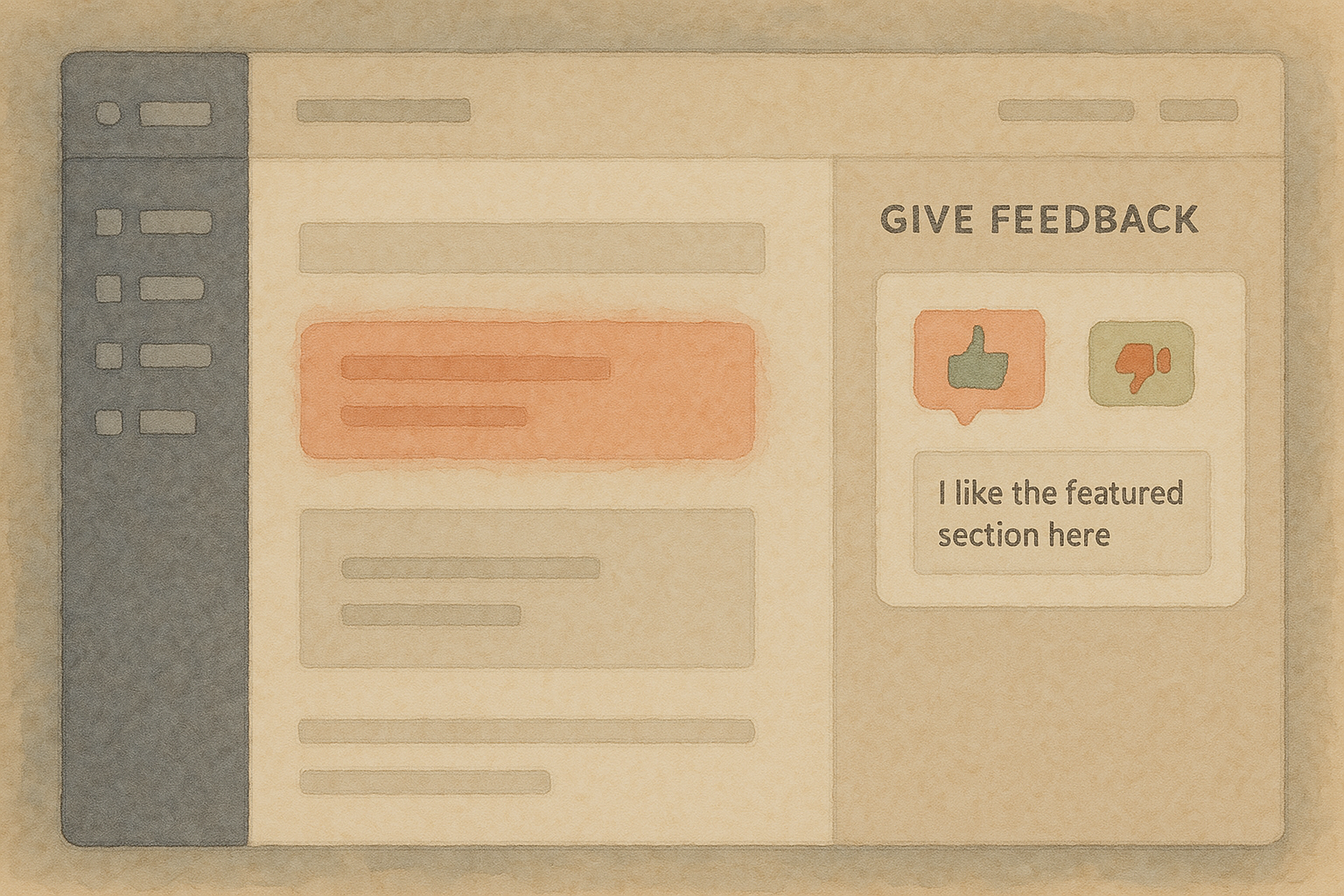
Hyper-Personalised Experiences and AI-Driven Websites
After experimenting with just-in-time page generation, I've become increasingly convinced that hyper-personalised experiences are the future of web design. This goes beyond simply having an AI generate a webpage - it's about creating systems that continuously adapt to each user's unique context and needs.
Beyond One-Size-Fits-All Websites
Traditional websites, even those with some basic personalisation, ultimately deliver largely the same experience to most visitors. They might show different content based on broad segments, but they're fundamentally static creations.
What if, instead, each visitor experienced a version of your site specifically optimised for their needs, device, location, behavior patterns, and preferences? This isn't just A/B testing or showing different hero images - it's dynamically assembling the entire experience in real-time.
Multi-Agent Workflows: The Engine Behind Personalisation
Beneath the simplicity of generating a webpage could lie a system that's constantly working to make each interaction more meaningful. The first layer focuses on immediate personalisation - considering device specifications, locale, and user behavior patterns. How long do users take to make selections? Where do they linger? What's their reading pace? These insights shape the experience and help identify the type of user journey to take.
There is then a layer dedicated to performance and scalability. Via caching and user segmentation, the system pre-generates likely content combinations for common pages and user segments. This ensures rapid response times without sacrificing personalisation - like a chef who prepares ingredients in advance while still cooking each dish to order. Whenever content changes, regeneration begins.
But the real magic happens even deeper in the system. Imagine AI agents working 24/7, monitoring competitor moves, social media sentiment, industry trends, and world events. When a competitor tweets about a new feature, the system doesn't just take note - it automatically adjusts messaging and call-to-actions for the very next visitor. For content-focused sites, it tracks thought leaders, research papers, and emerging topics, preparing draft content for human review before incorporating it into the knowledge base.
Breaking Down Channel Silos
This constant monitoring and adaptation extends beyond just serving pages. The same intelligence that powers the web experience could orchestrate email communications, social media posts, and other digital channels. Instead of separate tools for each channel, one unified system maintains consistent, personalised communication across every digital touchpoint.
This breaks down the artificial boundaries between "website," "email marketing," "social media," and other channels. From the customer's perspective, it's all part of their relationship with your brand - shouldn't it be unified on the back end as well?
Implementation Challenges and Opportunities
Building such a system isn't trivial. It requires:
- Robust Infrastructure: Perfomantly capture, process, and act on user behavior
- Component Architecture: Designed for flexible assembly rather than fixed layouts
- Info. Management: Breaking content into pieces that can be assembled dynamically
- Intelligence: Managing the multi-agent workflows and decision processes
- Human Oversight: Ensuring brand integrity and ethical use of personalisation
The good news is that many organisations already have pieces of this infrastructure. The challenge is connecting them in ways that enable this level of dynamic personalisation.
Moving From Theory to Practice
To be clear, this isn't about replacing human creativity in web design - it's about evolving it. Designers and developers shift from focusing on specific page designs to crafting robust design systems that serve as building blocks for AI-generated experiences. Content teams become curators and strategists rather than production workers, reviewing and refining AI-prepared content that's always fresh and relevant.
Rich collaborative document and design system editing becomes crucial (approval workflows, drafts, versioning, etc.). I can't help but be excited about the possibilities. I also see shifting the focus to the consumer as the key to success. An enterprise must be able to trust a system to produce on-brand and appropriate experiences for its consumers.
The Next Evolution
The web has always been about connecting people with information and experiences. Perhaps its next evolution isn't about better tooling and faster go-to-market strategies; rather, it's about enabling truly dynamic, intelligent experiences that adapt to each user's unique context and intent across all digital channels.